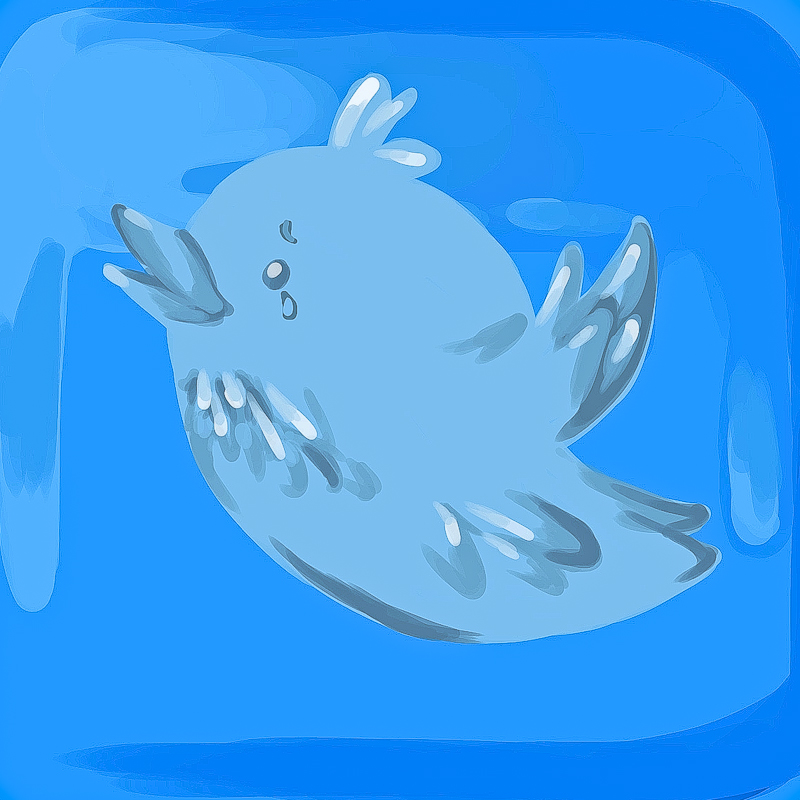Since his ascent to the Twitter throne in late October, self-proclaimed “Chief Twit” Elon Musk has overhauled the beloved platform with changes to its staff, user base and functionality.
Twitter is a sprawling digital metropolis where people can share half-baked thoughts, hard news and opinions on the latest pop culture phenomena. Tweeting is the epitome of self-expression in a digital world. Its versatility is its strength, and yet, Musk has had no issue gutting the social platform of everything that makes it successful.
Changes to corporate culture
Musk first made a splash with major staffing changes upon his entry into the company. He dissolved its board of directors and laid off thousands of employees, with limited communication about what was coming next.
The next big Muskified wave was an email ultimatum sent to Twitter employees: do “extremely hardcore” work or don’t bother coming in. His rigid management style called for total commitment to the company and “long hours at high intensity,” seemingly ignorant that his employees are real people with lives outside of the office.
Musk’s succession of Twitter and subsequent treatment of staff indicate that he isn’t interested in creating a healthy work environment. Companies need people who are passionate about their work, but they also need to value them as human beings. A wave of employees quitting when a new boss comes in is not a sign of good office morale.
No longer a safe space
The chaos did not end there. One of Musk’s priorities in the $44 billion acquisition was the protection of “free speech” on the platform. In reality, his presence has done little more than encourage right-wing trolls to spew slurs and hate speech more openly than before.
Within the first week of Musk’s leadership, there was a surge in the amount of hateful and derogatory language on the platform. When Musk proclaimed himself the hero of free speech, he meant free speech for powerful, privileged people like himself.
Twitter’s most vulnerable users—women, people of colour and members of the LGBTQ+ community—have been exposed to a new horde of aggressive attacks and online harassment. Now, Musk’s reinstatement of previously banned accounts will presumably fuel the use of hate speech on the platform. Not only will this create a more hostile environment, but it will continue to drive marginalized users away from the platform.
For only $8 a month…
Musk’s most notable change to Twitter was allowing subscribers of Twitter Blue to get verified with a feature called Blue Verified. For eight dollars a month, users could buy themselves a blue checkmark beside their name.
Previously, the symbol was reserved exclusively for the “active, notable, and authentic.” Accounts had to meet strict criteria before being independently verified by the Twitter team. It was a visual indicator that a user was indeed who they claimed to be and that they had some level of influence.
However, Musk campaigned to make the checkmark available to regular users, claiming that this would “democratize journalism.” Predictably, this led to sitewide imitations of corporate brands and politicians, causing a swift retraction of the feature. Despite its failure, Blue Verified is set to relaunch once Musk has “high confidence” in Twitter’s ability to stop impersonations, he tweeted [sic].
Why Musk has chosen the blue checkmark hill to die on, we’ll never know, but we do know this: his commitment to paid verification is evidence that he fundamentally does not understand the purpose of verification, the platform or its users. Instead of democratizing, he rendered one of Twitter’s key features obsolete.
The future of Twitter
Musk’s transition into his position as leader of Twitter has been challenging, to say the least. It’s clear that he has many ideas for the platform’s future, but it is unclear whether they yield the results he wants.
After a Twitter poll posted to his account on Dec. 18 asking whether he should step down as CEO of Twitter, in which 57.5 per cent voted for him to step down, Musk announced that he will resign as soon as he can “find someone foolish enough to take the job.” Last November, Musk reported that Twitter was losing $4 million each day to his Twitter followers. Based on his history of unfulfilled grandiose plans, that day might never come. For many, that day can’t come soon enough.
Graphic by Helen Mak.






